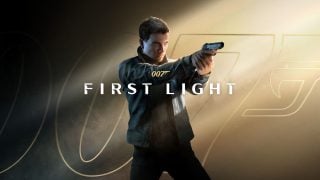Note: This review is based on the PlayStation 5 version of the game. The full Nintendo Switch version was not available ahead of release. Should we find any discrepancy in its quality, we will update this review.
As someone raised on a Genesis who’s always down to talk about how ahead of the curve the Dreamcast was, Sega’s Power Surge initiative is one of the most exciting things they’ve tried in recent years. I remember a time when it seemed like if you weren’t Sonic, Football Manager, or Total War you weren’t a reliable release for the company. Now Like a Dragon has been fostered into a tentpole of the company, Puyo Puyo exists in the West, and Super Monkey Ball is coming off of a franchise rebirth.
Still, it’s the promise of Power Surge — a concentrated effort to reintroduce the likes of Jet Set Radio and Golden Axe — that’s most exciting. It’s been about a year and a half since Sega announced those, and we’re finally seeing the first of them release thanks to Shinobi: Art of Vengeance from French developers Lizardcube.
I had an opportunity to go hands-on with Art of Vengeance back at Summer Game Fest and walked away loving its fast-paced combat and hand-drawn visuals. Now that I’ve played through the full return of Joe Musashi, I’m even more confident calling this an incredible revival of the series. If you’ve been craving Shinobi (or love other ninja-based action platformers) you need to play this immediately.
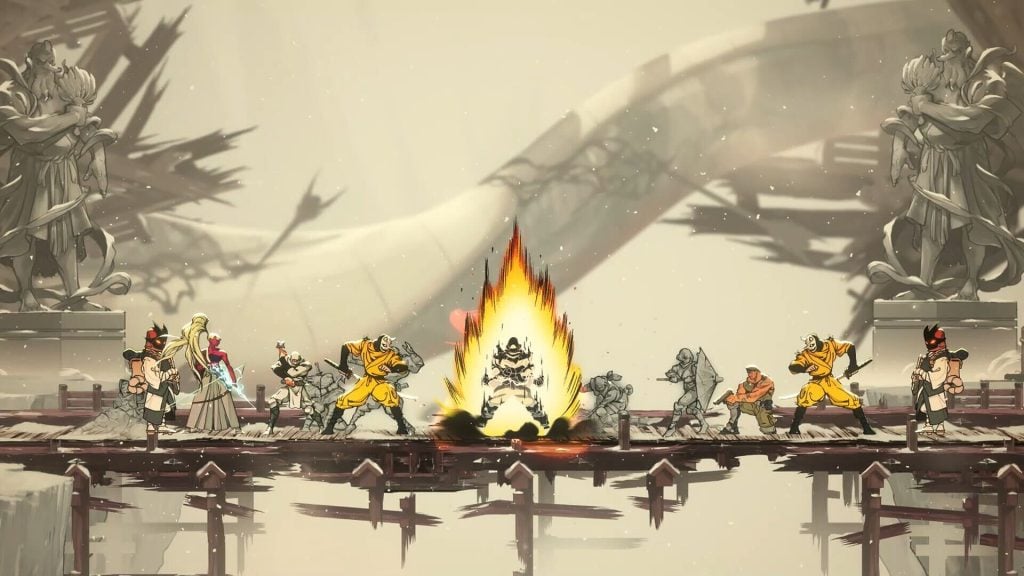
The game isn’t shy about playing its full hand right out the gate. You’re Joe Musashi, leader of the Oboro ninja clan. You’re introduced via voiced, portrait-based dialogue to his pregnant wife, rideable dog, and top student in short order before the clan’s village is attacked by a mix of rival ninja, paramilitary forces, and yokai serving the evil Lord Ruse and his ENE Corporation. After the Oboro are turned to stone by Ruse, it’s up to the (nearly) silent Musashi to embark on a quest for revenge — or, you know, “vengeance.”
Each of the game’s stages is bookended by these dialogue sequences, but it’s the kind of story that you’d expect from a game released in the mid ’90s. It’s enough to carry the action, but if you’re looking for character nuance or the ramifications of Musashi’s bloody trail through about eight hours of stages, you won’t find them here. And that’s perfectly fine, because Art of Vengeance is carried perfectly by its gameplay and illustrated style.
Granted, basic combat here isn’t revolutionary by any stretch. Pretty standard light and medium attack-based combos are your bread and butter, with more techniques and combo routes available as you gather collectibles in stages and purchase moves from shops. What’s so gratifying is the fluidity of motion (and animation) that’s at play as you cut through enemies. Give the demo a try and you’ll see what I mean, because Shinobi’s pace and flow are something to behold for yourself.
Complementing and enhancing your sword strikes are both a dive kick and a dedicated kunai button. These, as well as a ninja roll and air dash, are integral to fighting waves of enemies and maneuvering during boss fights. The learning curve isn’t too harsh either, and it only takes a few early shop purchases to find some go-to combos. Launching an enemy upward, following them into the air to pelt with kunai, and then dive kicking into an armored foe before breaking their defenses with a palm strike — or rather the split-second decision making to create these moments — never got old.
The crown jewel of that is Art of Vengeance’s execution system. Along with their health bar, every enemy sans bosses has an execution bar that builds up based on what techniques you hit them with. So while a sword slash might do more damage to an enemy’s health but little to their execution meter, a kunai will fill that more while doing less actual damage. Once you max out an enemy’s execution meter, with a couple button presses you can have Musashi immediately and invincibly dash to that enemy and finish them off in a burst of red. It’s a perfect showcase of the game’s visual flourishing but also deepens its combat.
See, the more enemies you execute at once, the greater rewards for ending them will be. If you’re low on health or looking to gather up cash, vanquishing a group of bloodbags will make it rain. These tasks you with managing a grouping of enemies to create those execution chains — maybe you know the gun firing mercenary can take two sword hits and a kunai to be execution ready, while the yellow ninja can handle two basic combos. Balance that without accidentally killing one along the way, and you’ve got yourself a much cleaner (and cooler) collection of kills.
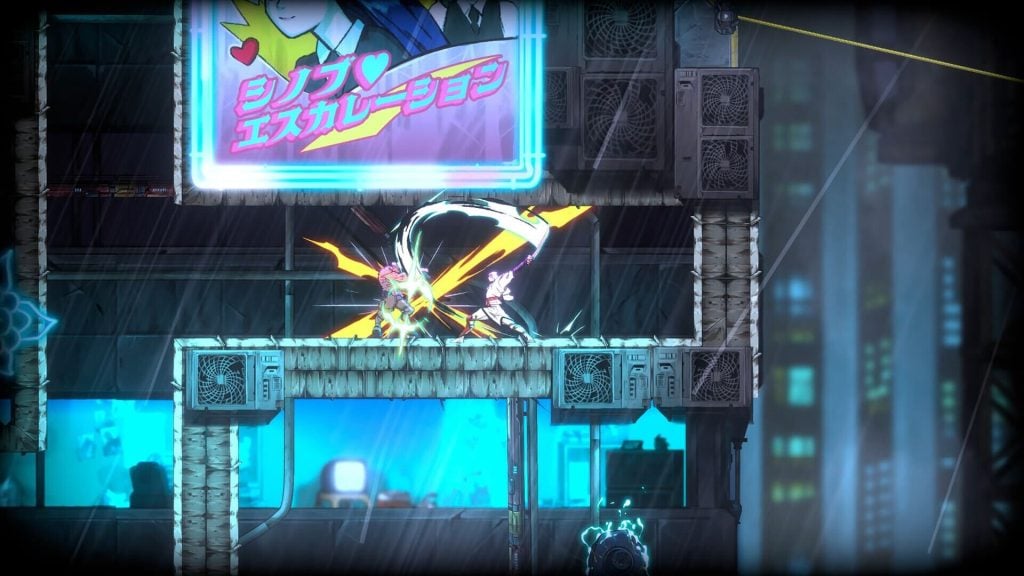
Learning each enemy’s tolerance for certain attacks led to some great chains, and the invulnerability and instant transmission-like mobility can be just as important to getting Musashi through an encounter. You’re even able to do this to bosses, making for some really satisfying finishes to what are largely highlights of the story. Also serving as part of the game’s spectacle are Ninjutsu, cinematic super techniques that fill the screen with their own animated illustrations.
The only real downside to the game’s combat is the prevalence of armored enemies (though they’re oh so satisfying to execute) mixed with the low number of overall enemy types. Expect to see recycled mooks with different colorations, or big guy variants with an armored bar and harder hitting attacks pretty often and recurringly, with unique enemy types drying up about a third into the story. That said, it’s the arrangements of them in specific encounters that gives a greater sense of variety, making combat scenarios into puzzles of how to get through unscathed and with your combo intact.
That combo count isn’t just for show either. Musashi has two slots for amulets, one of which is a passive typically based on your combo. One of my favorites gave currency for every hit past your 20th, with others offering strength buffs or kunai recovery to better complement your playstyle. The other slot is a bit more dynamic, granting passives that range from increased healing to power ups for your meter-based Ninpo techniques — such as a high-damage burst of fire, armor-shredding giant shuriken, or timing-based counter.
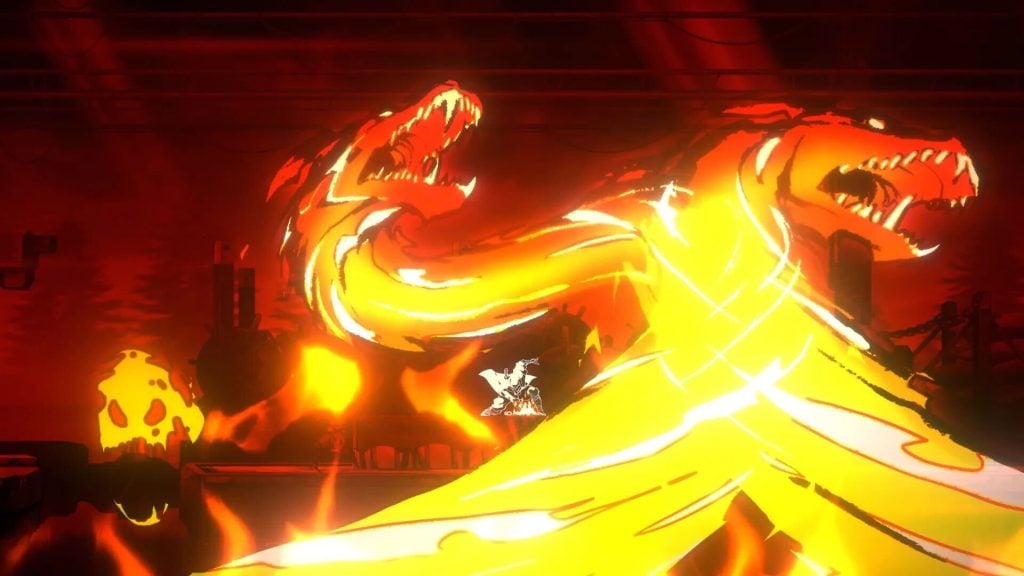
It’s not just mobs that make Art of Vengeance’s stages, though. You’ll find tight platforming sequences, more dynamic action setpieces (think being chased by a jet or a fire raging through a lantern festival), and some minor maze-like areas. Over the game’s first half or so Musashi will get new traversal techniques like wall-crawling claws and a grappling hook to add new layers to the stages. Completion-minded players can then replay previous stages using those techniques to find previously inaccessible portions with their own collectibles, challenges, and rewards.
The only major frustrations I encountered from the game were via some of the more platforming-heavy sections of the later stages. Precision paired to the game’s speed was never an issue until portions with spikes along pretty much every surface, causing Musashi to respawn again and again every time they were touched in the slightest. I can appreciate a challenge, but these were my biggest roadblock on the way to 100%. Also, one of the traversal items is a glider, and in all honesty, any portion including it was a bit of a slog that ran opposite the game’s typical pace. It’s the last of the pickups, and these sections aren’t prevalent, but always got me groaning when they’d show up.
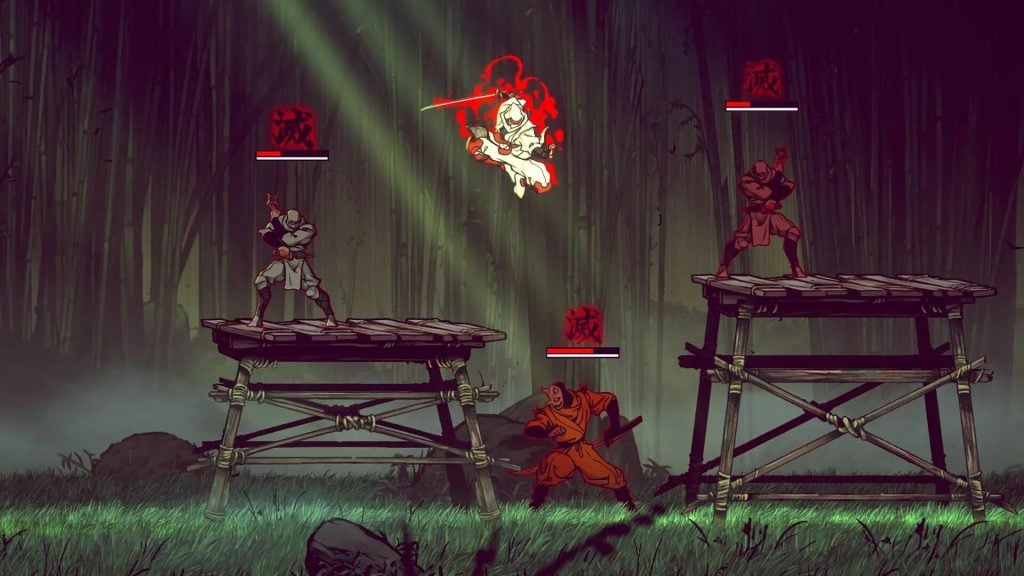
If it isn’t clear, I loved Shinobi: Art of Vengeance. Lizardcube has managed to follow up one spectacular Sega revival with another, showing that it understands how to make the most of a series’ identity while evolving those strengths. The same can be said for the music, coming from Tee Lopes and the legendary Yuzo Koshiro, which complements the action and atmosphere well from start to finish.
It’s come up a few times through this review, but this is also an absolutely gorgeous game through and through. Detailed environments, well animated characters, and flashy techniques are present throughout the whole journey. Boss fights and stage ends are accompanied by unique illustrations, with others finding their way into story-focused portions. It’s just as essential to the experience as the gameplay, and more than earns the word “art” in the game’s title.
If this is the kind of dedication and polish fans can expect from Sega’s Power Surge revivals, then we all have a lot more to be excited about. Hopefully we’ll see more of the next Crazy Taxi and Streets of Rage soon, but for anyone that’s been clamoring for a new Shinobi since the last one in 2011 or who just loves a stunning 2D experience, this more than delivers.
Leave a Comment
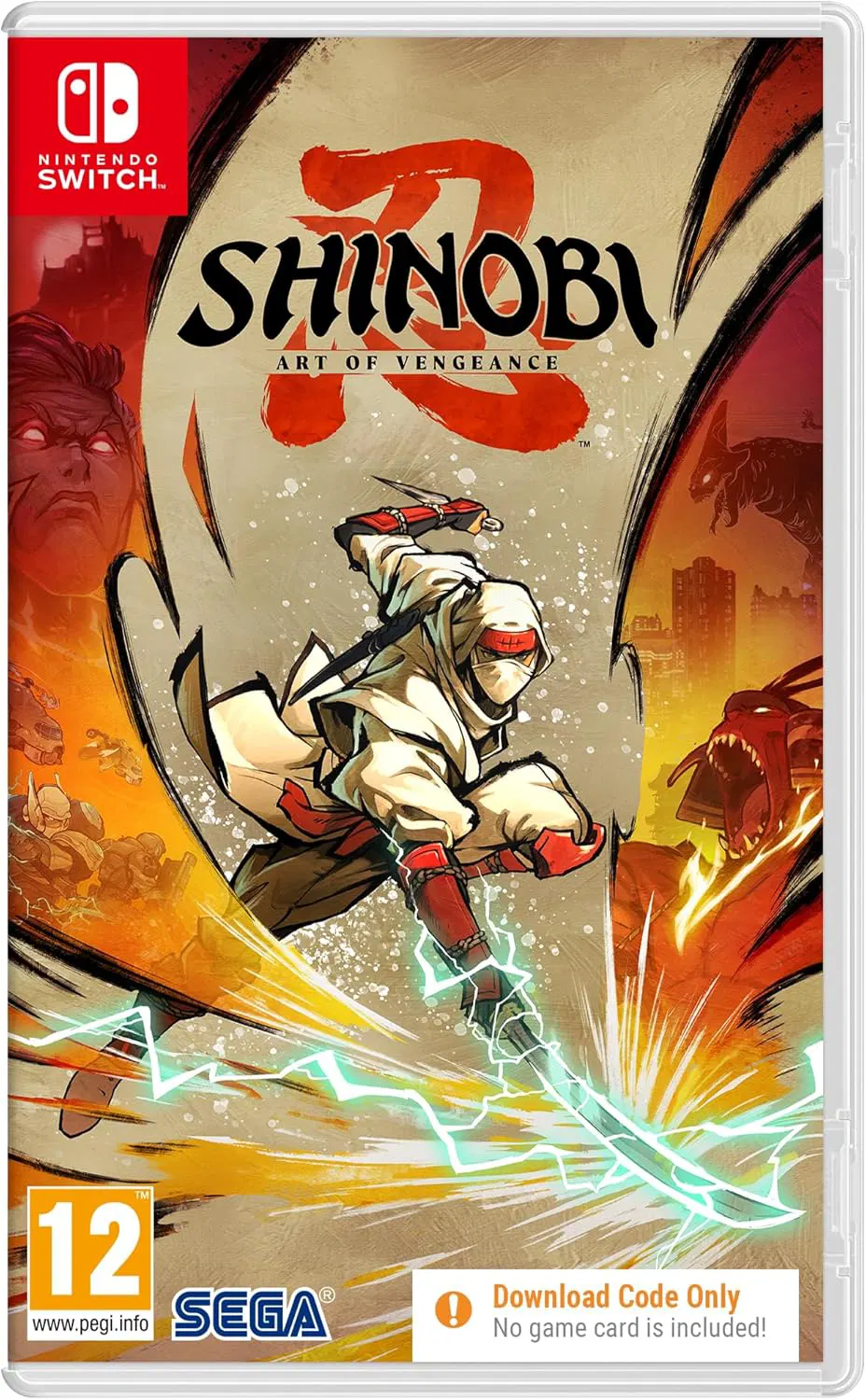
System: Nintendo Switch
Release Date: August 29, 2025
Categories: Action
Publisher: Sega
Developer: Lizardcube

